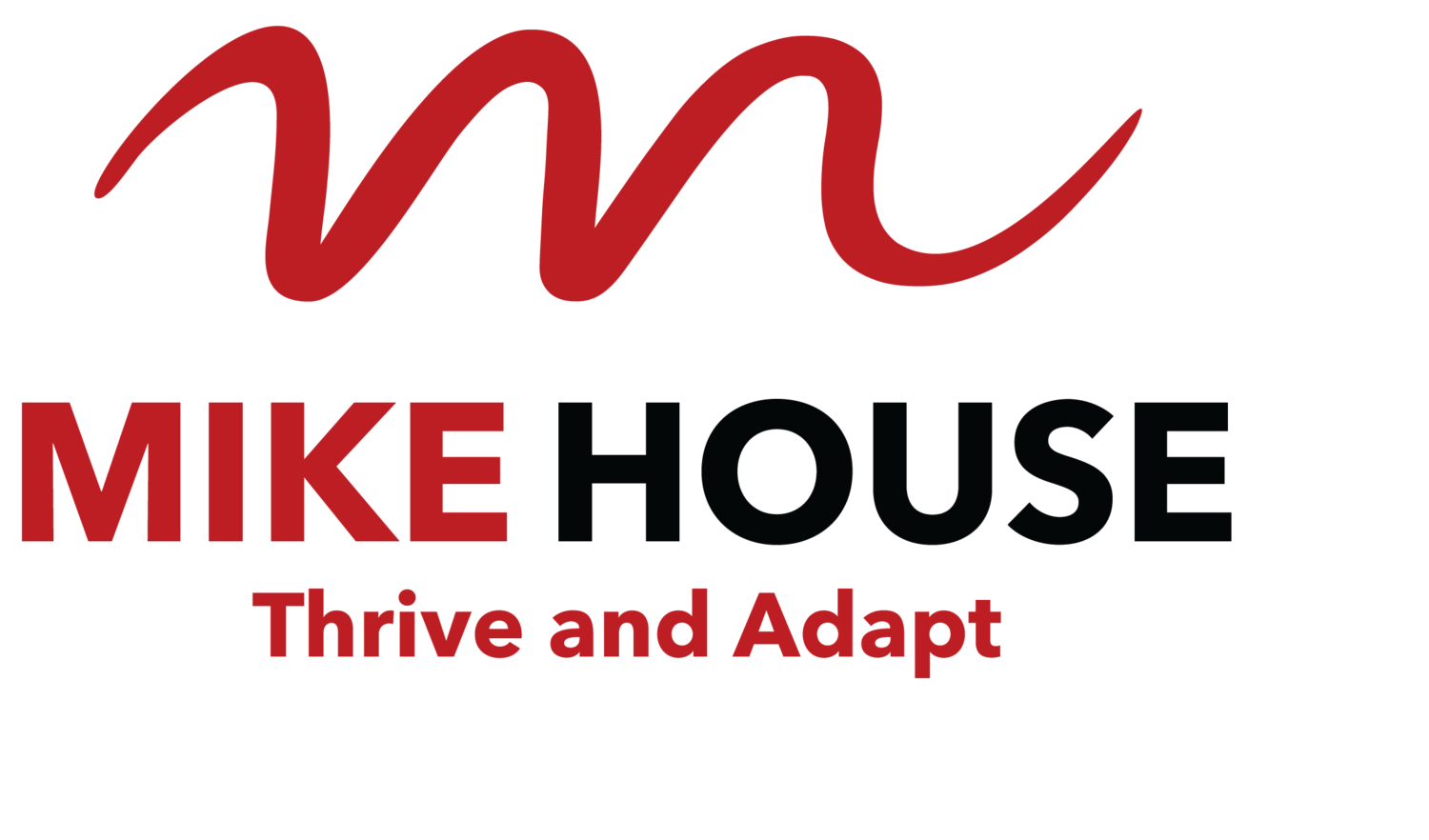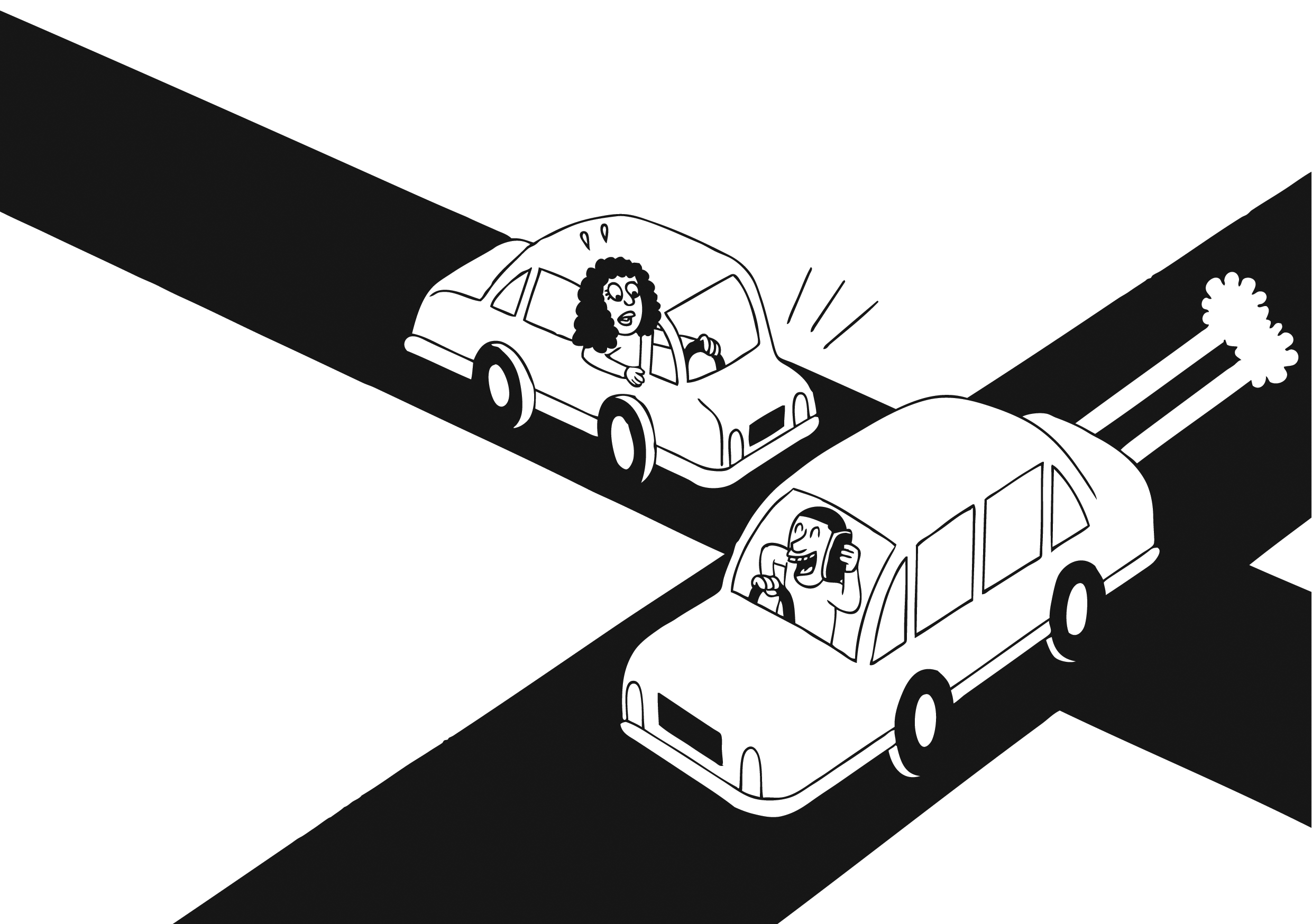When I talk about my experience as a survival instructor, the audience is split roughly three ways. One-third thinks it’s fascinating and would love to get out there and try it. One-third never want to get caught anywhere near the outback with me. The remaining third think it’s interesting, but wonder what the relevance is to their everyday world of work.
Here’s what survival situations and scenarios can teach us.
Over the years I’ve been in actual survival situations on the ocean, on yachts and in kayaks. I’ve survived being pinned underwater in a fast-flowing river. I was there again trapped on a rope while abseiling waterfalls in Vietnam. I’ve put myself and many others through survival scenarios while working as an instructor for a world-leading survival school. In those situations, you get to see people right at the edge of their capability.
Speedy Feedback
Survival situations are clear. There are straight lines between choices and results. The feedback loops are rapid and aggressive. Outcomes from a particular way of thinking or acting show up quickly. Sometimes in minutes. At most it will be a few days.
A Snap Shot
You’d think it would be different in comfortable and controlled environments - after all, there is no direct threat there. But feeling or thinking we are under threat is enough. In modern workplaces, and in life, there's more complexity and the feedback is slower. It's harder to draw clear links between how we respond to circumstances, and the results we get. Survival gives a compressed snapshot of how we behave under pressure that can be translated to the everyday circumstances we face. Any time we are under pressure ineffective patterns get magnified.
How effectively people decide, lead, resolve conflict, deal with uncertainty, handle changes, work under pressure, build rapport, deal with disappointment, handle incomplete and changing information and manage expectations under pressure is key to modern workplace performance. Some people have a great toolbox of effective behaviour. Others have patterns that just make things worse.
What’s your toolbox like?















